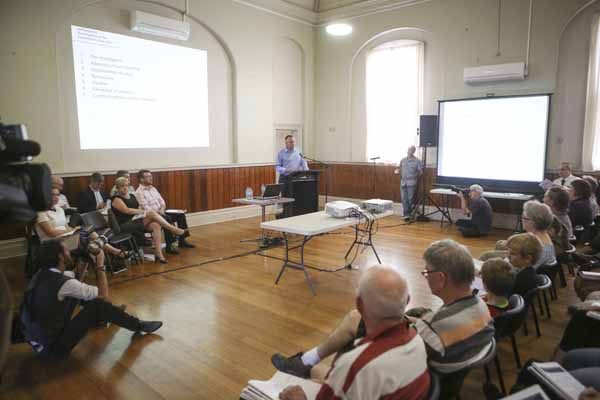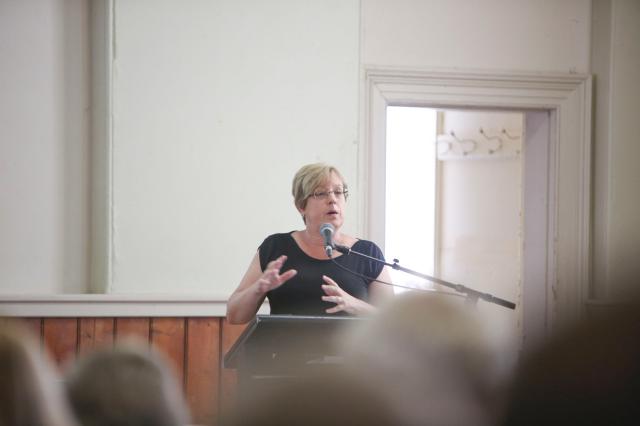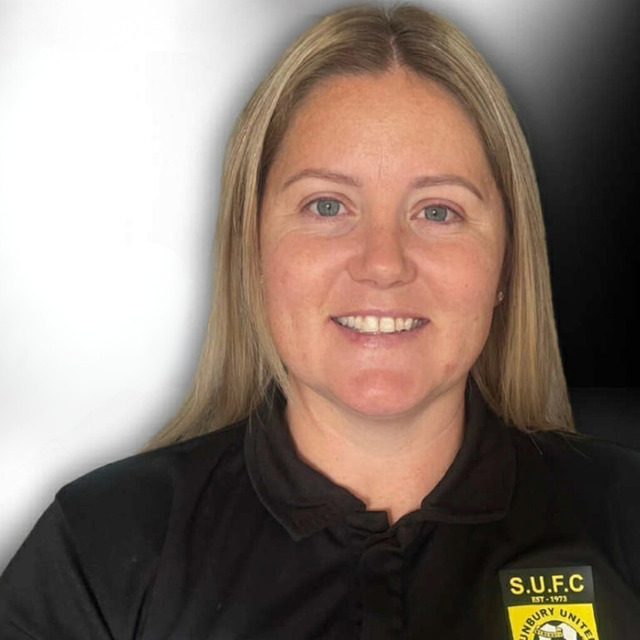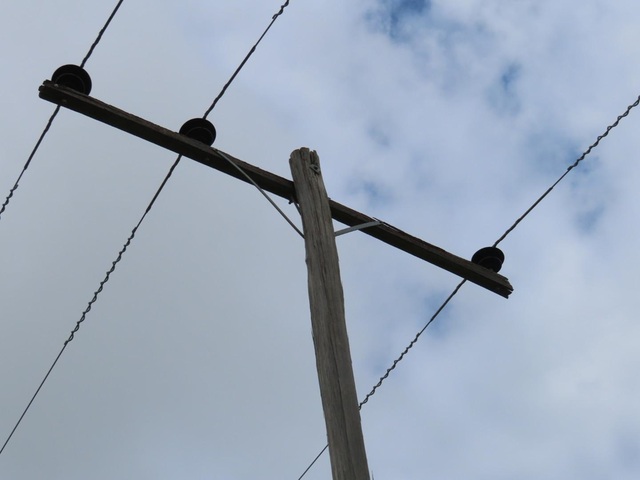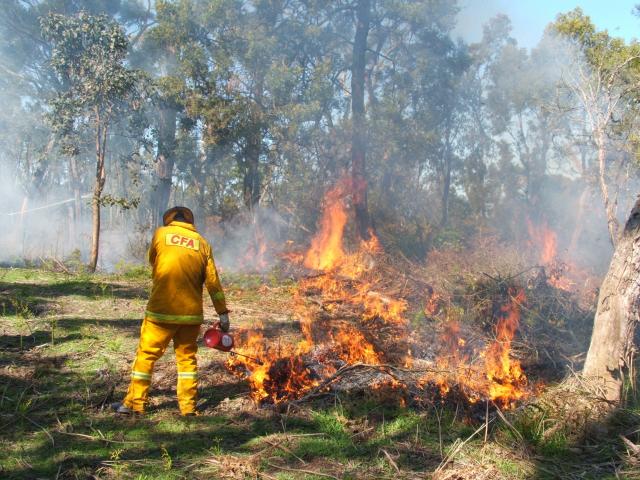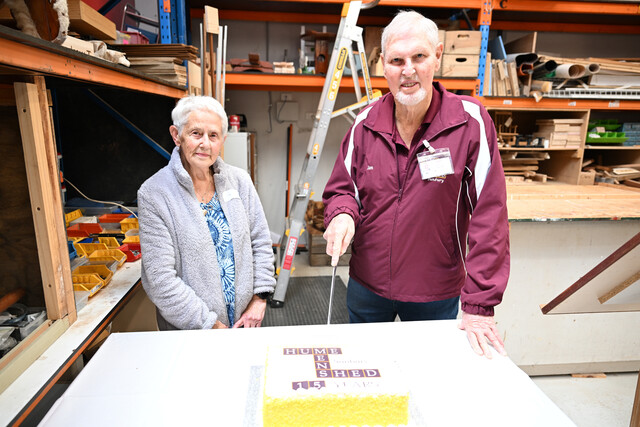Authorities have vowed to start immediately working to rebuild trust with communities affected by October’s devastating Lancefield-Cobaw bushfire, but the initial reaction from residents is that it’s going to take time.
Some people rolled their eyes and others mouthed “blah blah blah” as the independent investigation into the escaped planned burn was released to the public during a lengthy meeting on Thursday morning.
About 200 people packed Lancefield’s Mechanics Institute, and while there was little of the anger that characterised previous gatherings there was a definite sense of scepticism.
The state government has promised to implement all 22 of the inquiry’s recommendations, including improving previously “passive” communication processes in the lead up to all planned burns.
DELWP apology
Many residents were pleased when Department of Environment, Land, Water and Planning (DELWP) secretary Adam Fennessy apologised for the handling of the 266-hectare Cobaw Ranges planned burn ignited on September 30, which broke containment lines on October 3 and again on October 6.

LISA NEVILLE ADDRESSES THE AUDIENCE. PICTURE: KRISTIAN SCOTT
Close to 3000 hectares was eventually burnt; four houses, 25 sheds and thousands of kilometres of fencing was destroyed.
“I’m here today to say sorry to you and your community,” Mr Fennessy said.
“I am deeply sorry for the distress I have caused you and the enormous impact it has had on your lives.
“My job is to minimise the threat of bushfire to your community. The Lancefield-Cobaw burn was meant to do that, but what it did was put you, your properties at risk.”
Burn ‘inadequately resourced’
The investigation, led by Western Australian expert Murray Carter and involving community representatives, found the planned burn had been “inadequately resourced” from the start.
But the report said staffing had not been affected by the AFL Grand Final or this year’s public holiday.
Environment Minister Lisa Neville confirmed the approvals process that led to ignition on September 30 “basically” involved one person.
“We should not have a system that allows for that in the first place,” she said.
Residents welcomed the government’s acceptance of the inquiry’s recommendations.
Blame pointed at council
But they continued to apportion some of the blame to Macedon Ranges council, saying that bans on roadside wood collection made the severity of the blaze much worse.
Frosts Road resident Jason Schmidt fears a fire which destroyed his house on November 13 may have been a result of embers left by the blaze.
“The bylaws are killing us,” he said.
“Until that changes, until they are properly responsible with the management of roads, it won’t change.
“If people were allowed to go get wood like they used to be, half of the fuel for this fire would have been gone already.”
“It would cost the council nothing.”
Jimmy Dargan, who lost a cottage and sheds in Burke and Wills Track, agreed.
“Talk is fine, but we want action,” Mr Dargan said. “The roadsides are ridiculous.”
East ward councillor Henry McLaughlin said the council was doing everything it could to improve how roadsides are managed.
“In October, councillors were unanimous in their agreement to request the government provide funding for council to prepare and implement a detailed roadside vegetation management plan in relation to fire hazards and fuel reduction measures,” he said.
“Managing roadsides is a complex issue and, as it currently stands, council must follow processes dictated by the government. We support the government’s commitment to working with VicRoads and local governments to improve how roadside vegetation is managed.”

